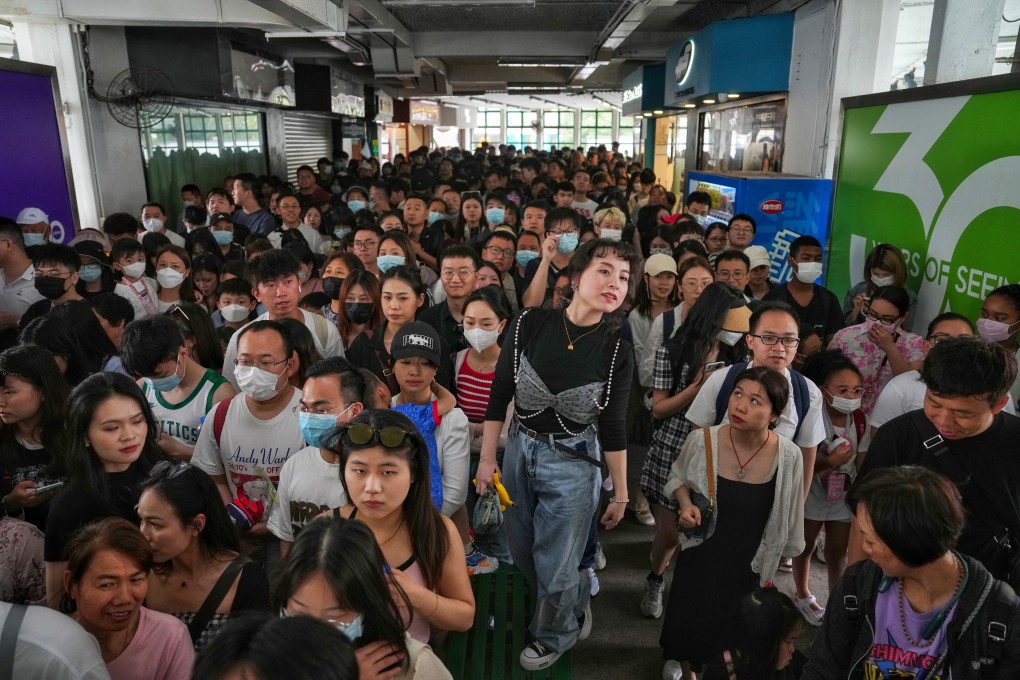Editorial | Latest figures cannot hide need for better Hong Kong population strategy
- With city’s birth rate hitting a new low and emigration continuing, a more holistic policy is called for despite an uptick in numbers

If the well-being of a society is rooted in healthy demographics, the latest turnaround of a worrying population decline suggests Hong Kong is, thankfully, recovering from the crippling blows of Covid-19 and social unrest. But with the birth rate hitting a new low and emigration wave yet to subside, it is too early to heave a sigh of relief.
A holistic strategy is called for if the city is to regain healthy development and growth.
According to provisional figures from the Census and Statistics Department, the population rose by 152,000, or 2.1 per cent, to 7,498,100 over the past year. There was a net inflow of 174,000, including 31,000 one-way permit holders from the mainland and returning residents.
The increase, which ended a downward trend since 2020, was attributed to intakes under various government admission schemes and returning residents following the reopening of borders early this year.

The government’s projection has raised many eyebrows. The population is expected to reach 8.19 million by mid-2046, with a net inflow of 890,000 one-way permit holders, 510,000 admissions under different talent and labour importation schemes, as well as 240,000 domestic helpers. The estimates are considerably higher than the actual inflow over the past years.

